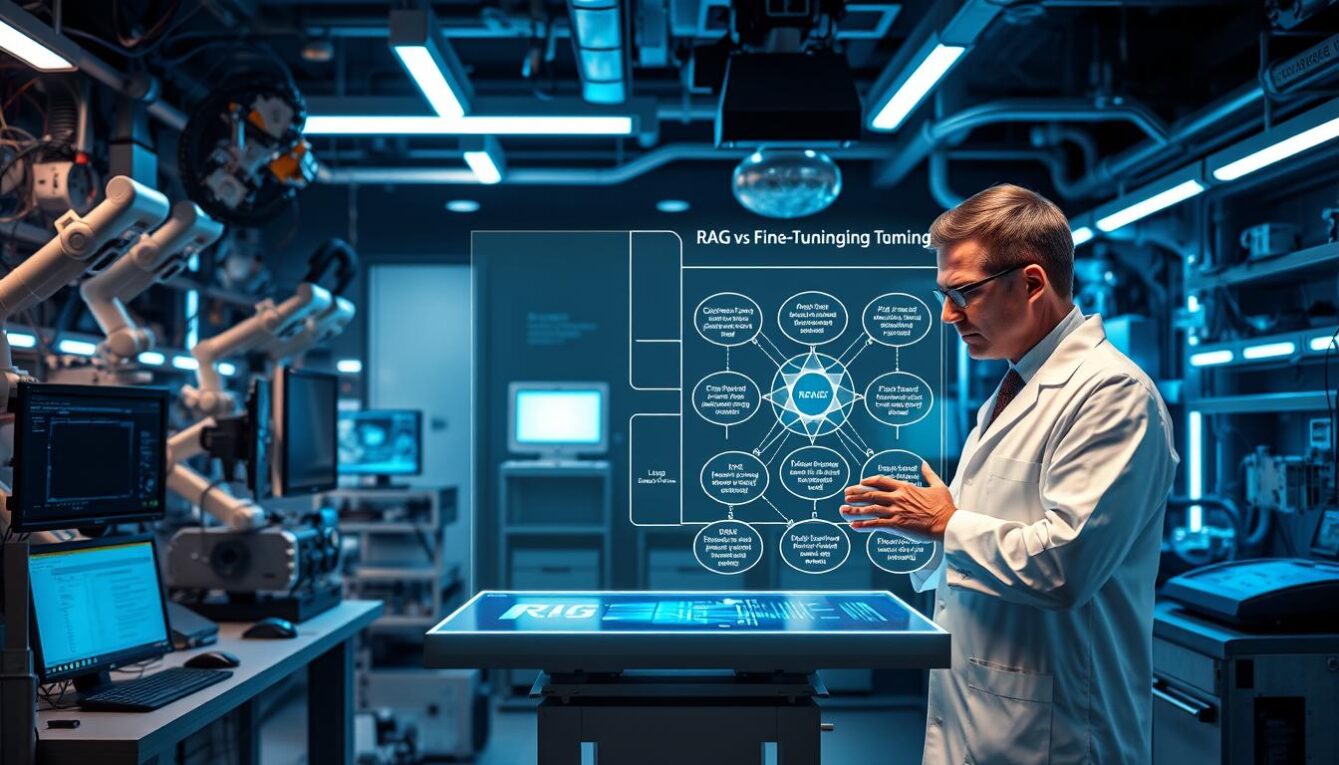Best 7 Must-Have Machine Learning Tools For 2023
Equip yourself with the seven essential machine learning tools for success in 2023. Don’t miss out – read on to learn more!
Introduction
Machine learning is an ever-evolving field with exponential growth in recent years. As we enter 2023, many machine-learning tools are available to developers, researchers, and organizations alike, making it crucial to stay up-to-date with the latest advancements. This article will discuss the seven must-have machine learning tools for 2023, covering various tools and frameworks that can help you develop and deploy state-of-the-art machine learning models.
1. TensorFlow
Why TensorFlow?
TensorFlow is a widely used open-source machine learning framework developed by Google. It has become the go-to choice for many developers due to its versatility, extensive documentation, and active community. TensorFlow is designed to work with various machine learning models, from deep learning to more traditional algorithms.
TensorFlow Features
- Highly modular and flexible, allowing for the creation of custom machine learning models.
- Offers TensorFlow Lite for mobile and embedded devices.
- TensorFlow Extended (TFX) provides an end-to-end platform for deploying production-ready ML models.
- TensorBoard allows for easy visualization and monitoring of model training.
2. PyTorch
Why PyTorch?
PyTorch, developed by Facebook, is another popular open-source machine learning framework. It’s known for its dynamic computation graph and ease of use, making it particularly attractive for research purposes. PyTorch has gained significant traction recently and is widely used in academia and industry.
PyTorch Features
- Dynamic computation graph allows for greater flexibility when designing models.
- Provides a large number of pre-trained models and community-contributed tools.
- Supports distributed training and deployment across various platforms.
- Offers TorchServe, a model serving library, for deploying PyTorch models at scale.
3. Scikit-learn
Why Scikit-learn?
Scikit-learn is a popular machine-learning library for Python that focuses on providing a wide range of traditional machine-learning algorithms. It’s perfect for those new to machine learning or requiring tried-and-true methods for their projects.
Scikit-learn Features
- A comprehensive library of machine learning algorithms, including classification, regression, clustering, and dimensionality reduction.
- Simple and consistent API makes it easy to learn and use.
- Excellent documentation and active community support.
- It is built on top of NumPy, SciPy, and Matplotlib, making it easy to integrate with other scientific Python libraries.
4. Keras
Why Keras?
Keras is a high-level neural network API that works as an interface for TensorFlow, Theano, and Microsoft Cognitive Toolkit (CNTK). Its primary goal is to simplify the process of building and training deep learning models, making it ideal for beginners and experts alike.
Keras Features
- User-friendly API simplifies the process of creating complex neural networks.
- Modular architecture allows for easy customization and experimentation.
- Offers a wide range of pre-processing functions and pre-trained models.
- Active community support and extensive documentation.
5. XGBoost
Why XGBoost?
XGBoost is an open-source, high-performance gradient-boosting library designed for speed and efficiency. It has gained popularity due to its ability to deliver exceptional performance with minimal tuning, making it an excellent choice for those who require fast and accurate results.
XGBoost Features
- Supports parallel and distributed computing, allowing for faster training and scalability.
- Handles missing values and sparse data efficiently.
- Offers regularization and early stopping features to prevent overfitting.
- Provides a scikit-learn compatible API, making it easy to integrate with other machine learning workflows.
6. DataRobot
Why DataRobot?
DataRobot is an automated machine-learning platform that simplifies the process of building, deploying, and maintaining machine-learning models. It’s an excellent choice for organizations that want to democratize access to machine learning and quickly develop accurate models without extensive in-house expertise.
DataRobot Features
- Automated feature engineering and model selection, reducing the time required to develop models.
- Provides tools for model interpretation and explainability, fostering trust in model predictions.
- Supports a wide range of data sources and formats.
- Offers tools for model deployment, monitoring, and management.
7. Apache Spark MLlib
Why Apache Spark MLlib?
Apache Spark MLlib is a scalable machine learning library built on the Apache Spark framework. It’s designed to handle large-scale data processing and is an excellent choice for organizations that require the ability to process and analyze vast amounts of data.
Apache Spark MLlib Features
- Offers a wide range of machine learning algorithms, including classification, regression, clustering, and recommendation.
- Provides tools for feature extraction, transformation, and selection.
- It supports distributed computing, making it highly scalable for large data sets.
- Seamless integration with other Apache Spark components, such as Spark SQL and GraphX.
Conclusion
As machine learning advances, staying informed about the latest tools and frameworks is essential. The seven must-have machine learning tools for 2023 discussed in this article can help you develop and deploy cutting-edge models, whether you’re a beginner, an experienced developer, or an organization looking to harness the power of machine learning. By familiarizing yourself with these tools and their features, you’ll be well-equipped to tackle the challenges and opportunities 2023 has in store.










